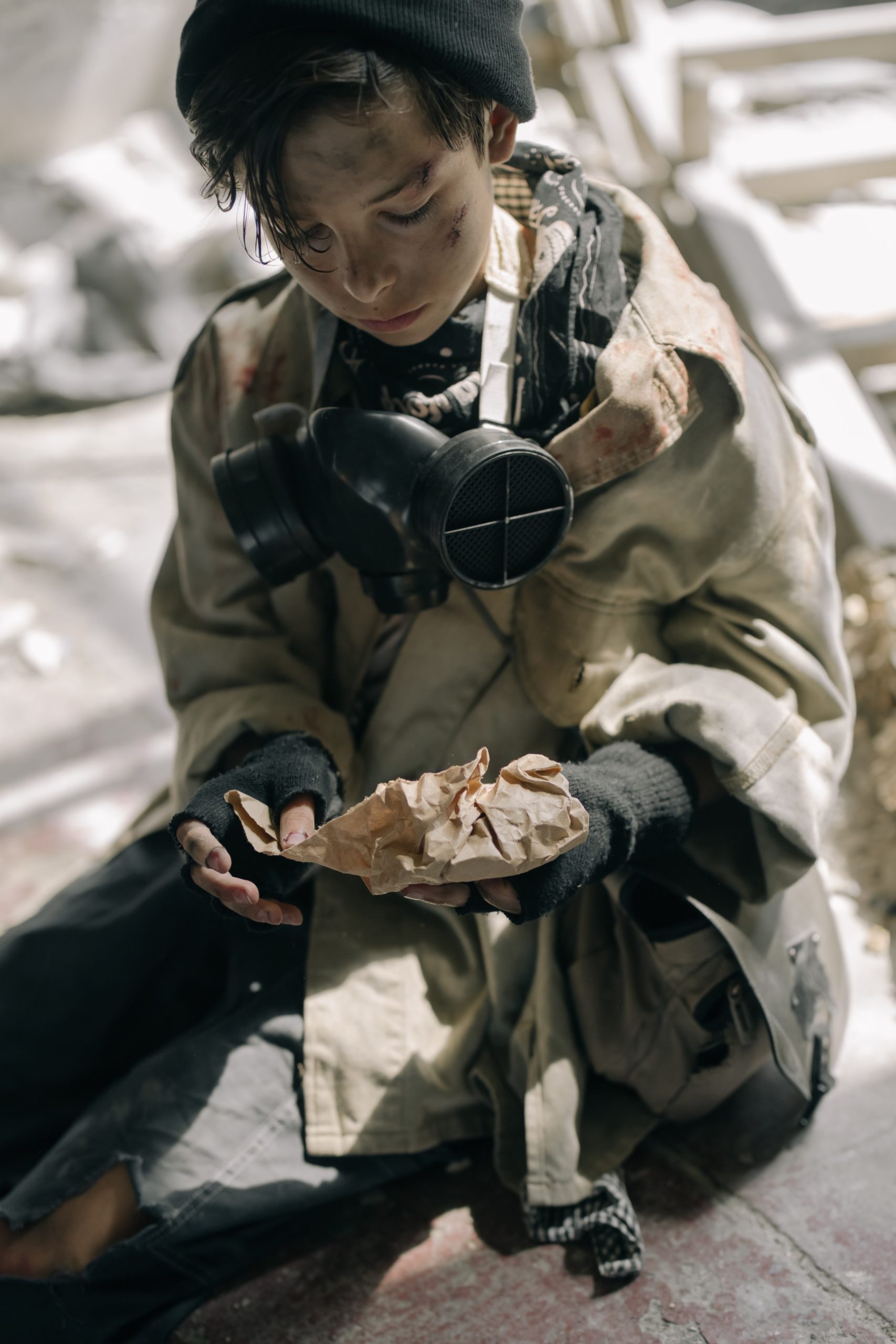Amid a global health crisis, crashing economies, and international unrest, famine is prevailing. According to the U.N. secretary-general, more than 88 million people are currently suffering from acute hunger. Moreover, Nigeria, Yemen, South Sudan, the Republic of Congo, Afghanistan, Ethiopia, Syria, Venezuela, Sudan, Haiti, and Guatemala, as well as other ten countries, are now standing on the edge of a full-scale famine. Thus, if no action takes place, 34 million people around the globe will suffer from famine and malnutrition.
“Today, I have one simple message: If you don’t feed people, you feed conflict,” stated Antonio Guterres.“Conflict drives hunger and famine. And hunger and famine drive conflict.”
No time to waste
As things stand now, 34 million people will suffer starvation’s cruelty within the next couple of months. Furthermore, countries on top of the UN’s high acute food insecurity hotspots list, such as the Republic of Congo, Yemen, South Sudan, and Nigeria, are already experiencing acute levels of starvation. Therefore, food insecurity in these countries has already started claiming the lives of vulnerable men, women, and children.
“The magnitude of suffering is alarming. It is incumbent upon all of us to act now and to act fast to save lives, safeguard livelihoods and prevent the worst situation”, said FAO Director-General Qu Dongyu.
“In many regions, the planting season has just started or is about to start. We must run against the clock and not let this opportunity to protect, stabilize, and even possibly increase local food production, slip away,” he added.
Inhuman catastrophe
The ongoing armed conflicts, restless economic shocks, coronavirus, locust outbreaks, and global warming are the main factors behind almost unleashing this inhuman catastrophe. Furthermore, experts are expecting an increase in armed conflict in almost all of the listed countries. In return, these conflicts will initiate an unstoppable chain of events. From new displacements to trade disruption to human and resources loss, all these consequences will play a significant role in further aggravating food insecurity in these countries.
“We are seeing a catastrophe unfold before our very eyes. Famine – driven by conflict, and fuelled by climate shocks and the COVID-19 hunger pandemic – is knocking on the door for millions of families”, said David Beasley, WFP Executive Director.
Alarming numbers
For the past couple of years, Yemen has been going through the world’s largest humanitarian crisis. With 5 million standing on the verge of famine and almost 50,000 others already starving, Yemenis are dying from hunger.
On the other hand, food security in the Democratic Republic of the Congo has deteriorated to almost reach the alarming numbers found in Yemen. “This year, it [the DRC] is set to become the world’s largest hunger emergency, with 19.6 million people facing a crisis, emergency, or catastrophic levels of food insecurity — up from 15.6 million people a year ago,” Beasley told the UN council members.
Furthermore, data prove that these alarming numbers are taking place all over the world. 17 million people are suffering food insecurity in Afghanistan, while 13 million suffer the same fate in Nigeria, 12 million in Syria, and more than 7 million in the south of Sudan.
“These aren’t just numbers, they are real people,” added David Beasley.“We are heading straight toward the biggest famine in modern history. It is hell on earth in many places in Yemen right now.”
Preventable tragedies
Understanding the source of the problem will help in finding the solution. Thus, as experts contemplate all the cases taking place simultaneously around the globe, they find a pattern. According to Beasley, all of “These looming famines have two things in common: They are primarily driven by conflict, and they are entirely preventable.”
Moreover, to prevent mass deaths and migration, economic degeneration, and destabilization, action must take place. Therefore, Beasly believes that the end of armed conflict, having access to vulnerable communities, and receiving enough funding, are the only way to prevent mass hunger in 20 different countries.
In brief, the world is on the edge of an irredeemable tragedy. Millions of lives at the stake while many are already starving. Global hunger is preventable, but only if the world cared enough to prevent it.
References:
ASSOCIATED PRESS. (2020, November 20). 250 million people in 20 countries threatened by famine, UN agencies warn. Daily Sabah. https://www.dailysabah.com/world/250-million-people-in-20-countries-threatened-by-famine-un-agencies-warn/newsBesheer, B. M., Aurelio, B. D. S., & Schlein, B. L. (2021). UN: 34 Million People ‘Knocking at Famine’s Door’ Worldwide. Voice of America. https://www.voanews.com/science-health/un-34-million-people-knocking-famines-door-worldwideHunger Hotspots FAO-WFP early warnings on acute food insecurity. (2021). UN. https://docs.wfp.org/api/documents/WFP-0000125170/download/?_ga=2.268916725.547868199.1616512658-940508497.1602276079The facts: What you need to know about global hunger. (2020, August 4). Mercy Corps. https://www.mercycorps.org/blog/quick-facts-global-hungerUN agencies call for urgent action to avert famine risk in 20 ‘hunger. (2021, March 26). UN News. https://news.un.org/en/story/2021/03/1088022


 Featured2 years ago
Featured2 years ago
 Featured3 years ago
Featured3 years ago
 Featured2 years ago
Featured2 years ago
 Featured4 years ago
Featured4 years ago
 Featured3 years ago
Featured3 years ago
 Featured5 years ago
Featured5 years ago
 Featured2 years ago
Featured2 years ago
 Featured3 years ago
Featured3 years ago



















